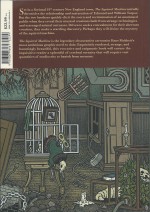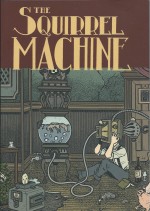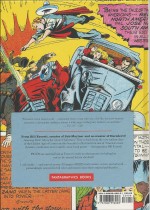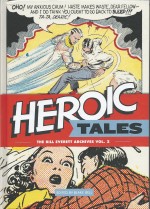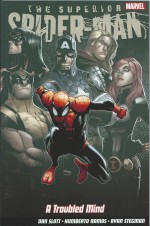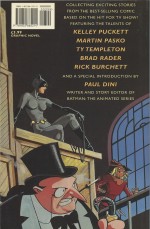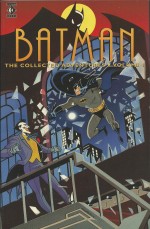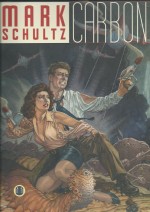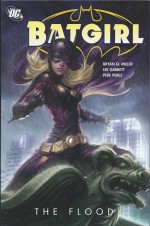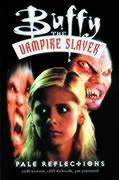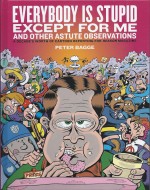
By Peter Bagge with Joanne Bagge & Eric Reynolds (Fantagraphics Books)
ISBN: 978-1-60699-656-0
You probably know Peter Bagge as the fiery, wise-mouthed, superbly acerbic cartoonist responsible for incredibly addictive strips about the spoiled underbelly of American life which featured in such wonderful magazines as Neat Stuff and Hate, the inimitable Buddy Bradley stories or even his forays into the more-or-less mainstream such as DC’s Yeah!
But the savage graphic absurdist also has a politically active side. As both cartoonist and societal commentator he has produced strips and pictorial essays for the Libertarian publication Reason, a task joyously undertaken for more than a decade.
In 2009 a collection of his best strips (perhaps strip “op-ed†columns would be a better description) was released by Fantagraphics, and a more powerful argument for the concept of Free Speech you could not find anywhere.
Now that scintillating thought- and, if it’s doing its job right, expletive-provoking tome has been reissued, bolstered by a further 20 pages of unseen material as a superb hardcover compendium of insightful and sometimes controversial deliberation, observation and – when necessary – condemnation…
In a largely full-colour format, Bagge’s deliciously fluid drawings and razor-sharp polemical inquiries, rationalistic, deeply intimate quandaries and disbelieving observations skewer, spotlight and generally expose day-to-day aggravations and institutionalized insanities of modern urban life in 50 strips ranging from one to four pages in length.
Following faux EC cover ‘Tales of the Exploited’, cautionary tale ‘Common Misconceptions about the Other “L†Word’ and an introduction from Reason‘s Editor in Chief Nick Gillespie, the draughtsman’s contacts begin with a section devoted to (Stupid) War and judiciously deployed strips ‘Observations From a Reluctant Anti-Warrior’, ‘The War on Terror Never Ends’, ‘The Right to Own a Bazooka’ and ‘Confessions of a Lazy Anti-Warrior’ whilst (Stupid) Sex demands ‘Swingers of the World, Unite’ before fully exposing ‘The War on Fornication’…
(Stupid – you get the idea, right?) Arts covers such broad topics as ‘Just Say No to Live Clarinets’, ‘Now That’s Entertainment!’, ‘“Real†Art’, ‘Christian Rock’, ‘Sluts For Jesus’ and ‘The Life Cycle of a Hack’ whilst the nation’s true spiritual underpinnings are examined in Business via the results of extensive research into ‘Malls’, whilst advising ‘Just Say No to Intellectual Property!’ and confronting ‘Your Friendly Neighborhood Tyrant’.
After further observing ‘Everyone’s a Winner’, ‘Latin Laissez-Faire’ and ‘Fine Dining at Shell’, the subject shifts to Boondoggles such as ‘My Very Own Monorail’, ‘Let’s All Give Money to the Rich Man!’, ‘Amtrak Sucks’ and ‘Detroit’, before Tragedy rears its subjective head with ‘A Menace to Society’, ‘The Beast That Will Not Die’, ‘Bums’ and ‘Caged Warmth’…
As you’d expect there’s lots to say about Politics beginning with ‘In Search of… an Honest Republican’ and ‘Confessions of a Serial President Hater Anti-Warrior’ before expanding to include ‘Let Us Deliberate..’, ‘Fascists Have Feelings, Too’, ‘In Search of… the Perfect Human’, ‘When Libertarians Gather..’ and ‘Shenanigans!’.
The most visual vitriol is reserved for Our Stupid Country, beginning with a dose of ‘Brown Peril’ and asking ‘Who’s to Blame for 9/11?’ before going on with ‘Ex-Pats Say the Darnedest Things’, ‘Junkie Logic’, ‘Celebrate Diversity’, ‘Do Your Own Thing Unto Others’, ‘Principal Stalin’, ‘Fair-Weather Idealists’, ‘…Or Don’t You Care?’, ‘The Nerd-ification of America’, ‘Let’s Talk About Sex’, ‘What We Believe’, ‘What We Believe (This Month Anyway)’ and ending of course at ‘The Home of the Brave’.
This stunningly impressive collection closes with a dose of (Smart) Biography as Bagge recounts over twelve glorious pages the incredible life-history of brilliantly abrasive critic, journalist, author, proto-feminist, progressive social rebel and confrere/editor of Ayn Rand in ‘I.M.P. – an Abbreviated Retelling of the Life of Isabel Mary Patterson’ before the idol of the conservative Right and inventor of Objectivism gets her own brief workout in ‘Will Everyone Please Stop Freaking Out Over Ayn Rand?!?’
Bagge gives a damn good satirizing to such topics as Drugs Policy and attitudes, gun control, organized religion, birth control, sex education and abortion, teaching and schooling, homelessness and even Libertarianism itself – and assuming you’re too busy to look it up, we’re talking about a philosophy not a political party – although sometimes it’s hard to tell.
Libertarianism in its broadest form is simply the advocacy of Free Will and a belief in personal action and responsibility as opposed to the surrender of decision-making to others (for which take as given that we’re usually talking about Big Business and governments, not your Mum).
Challenging, iconoclastic and thought-provoking (or else what’s the point?) this is also a superbly entertaining and funny book. Bagge is the perfect inquisitor; impassioned, deeply involved and not afraid to admit when he’s confused, angry or just plain wrong. This wonderful use of brains, heart and ink ought to be compulsory reading before anybody is allowed to vote or even voice an opinion (now there’s a topic for discussion…)
All contents © 2013 Peter Bagge and Reason magazine, except Introduction, © 2013 Nick Gillespie. This edition © 2013 Fantagraphics Books, Inc. All rights reserved.
Win’s Christmas Gift Recommendation: Perfect for starting a family argument, that most precious of seasonal traditions… 9/10

